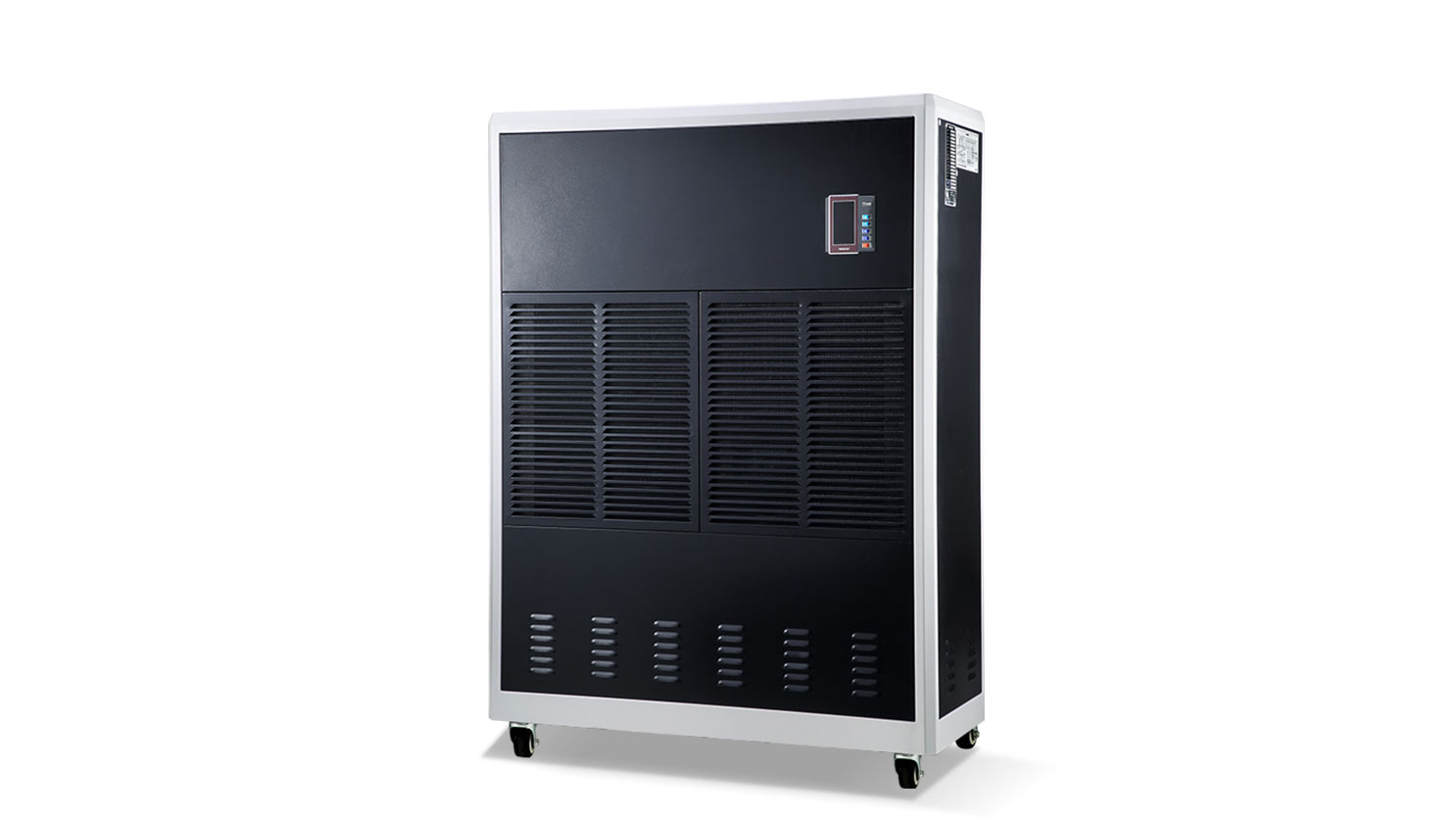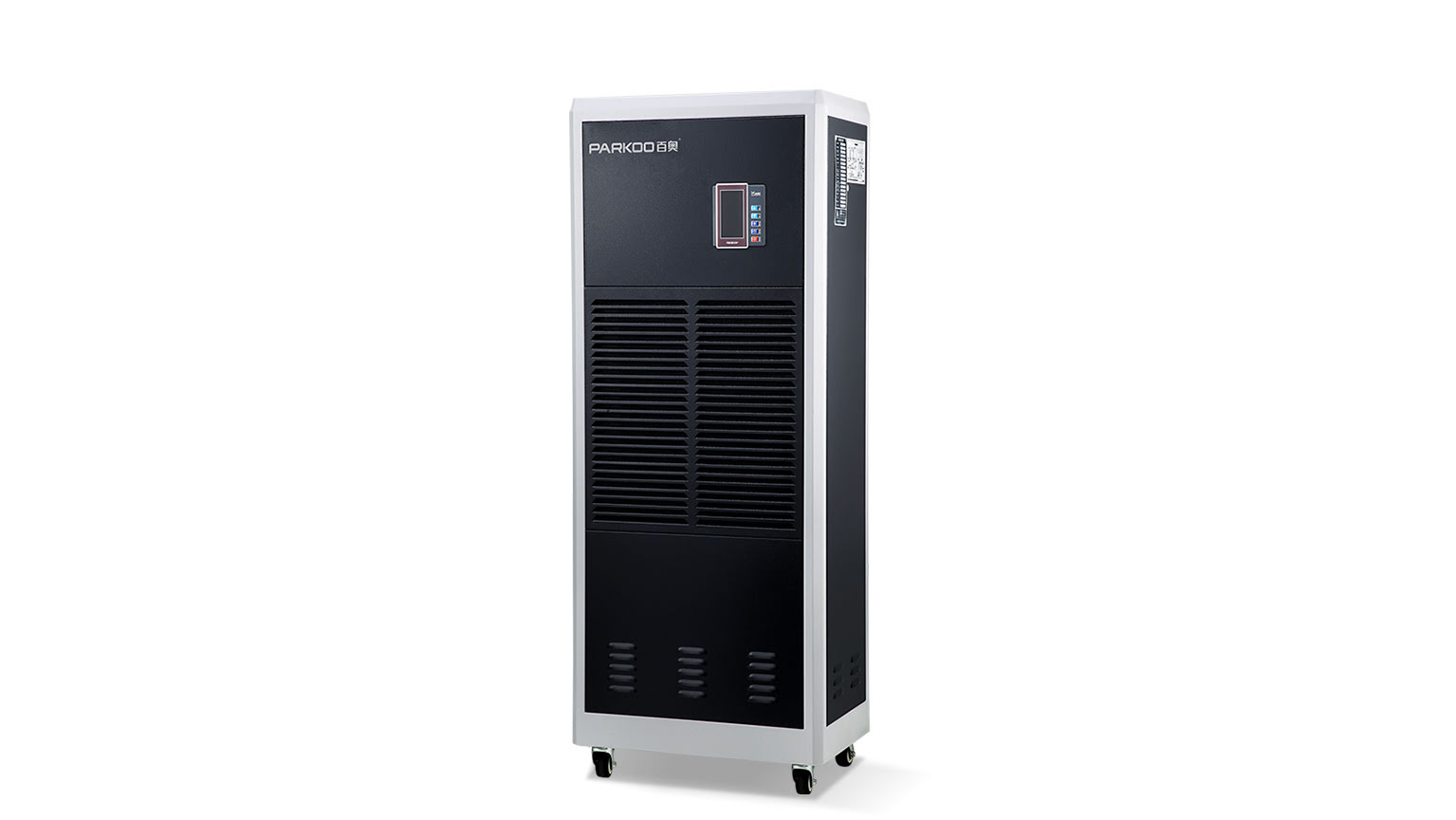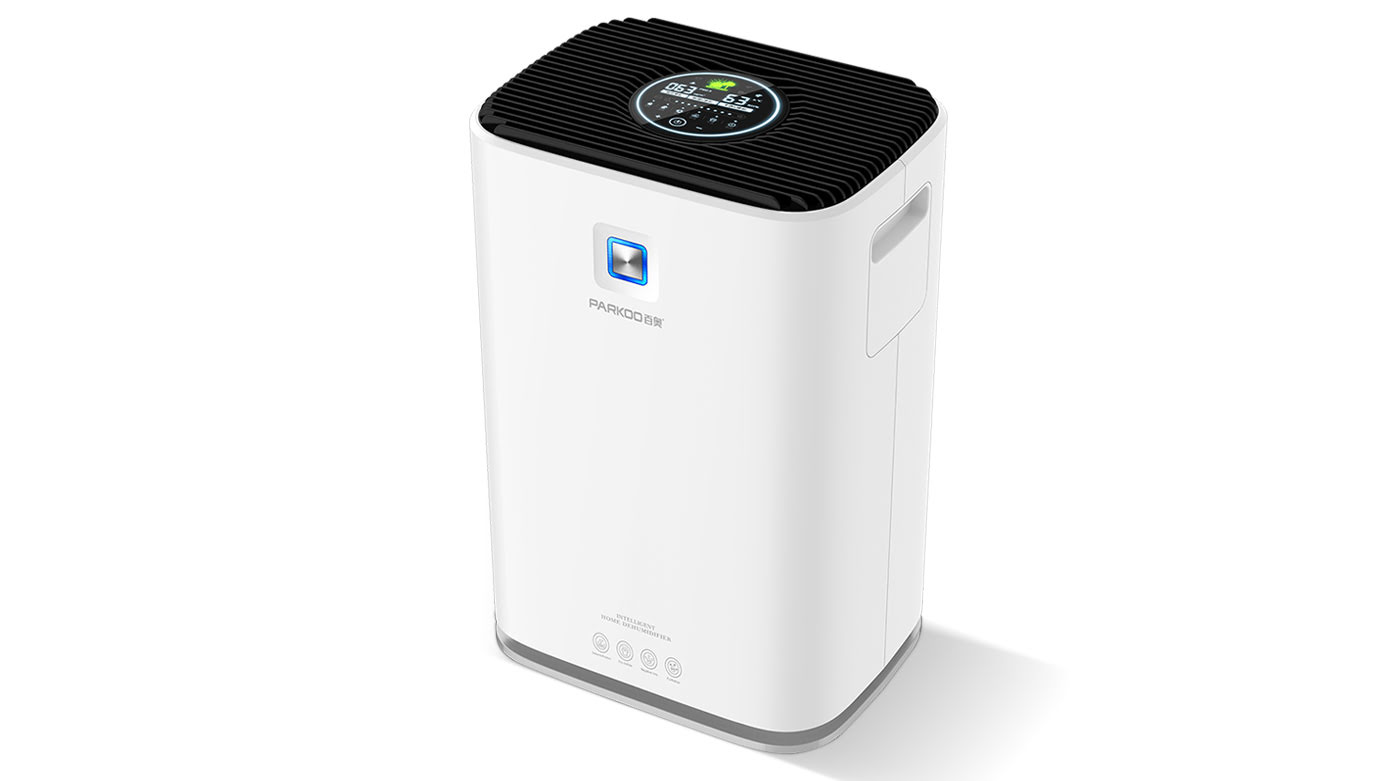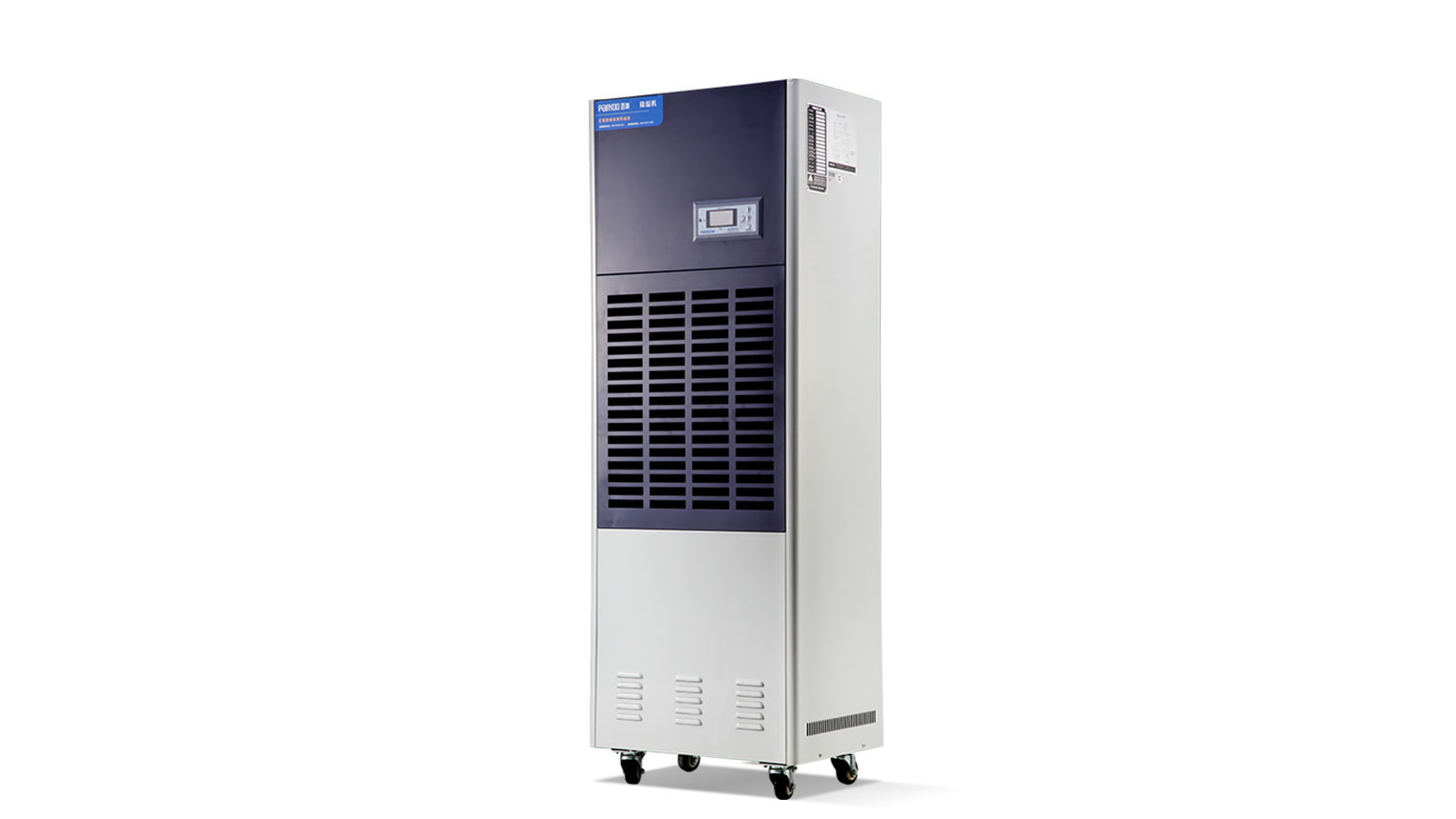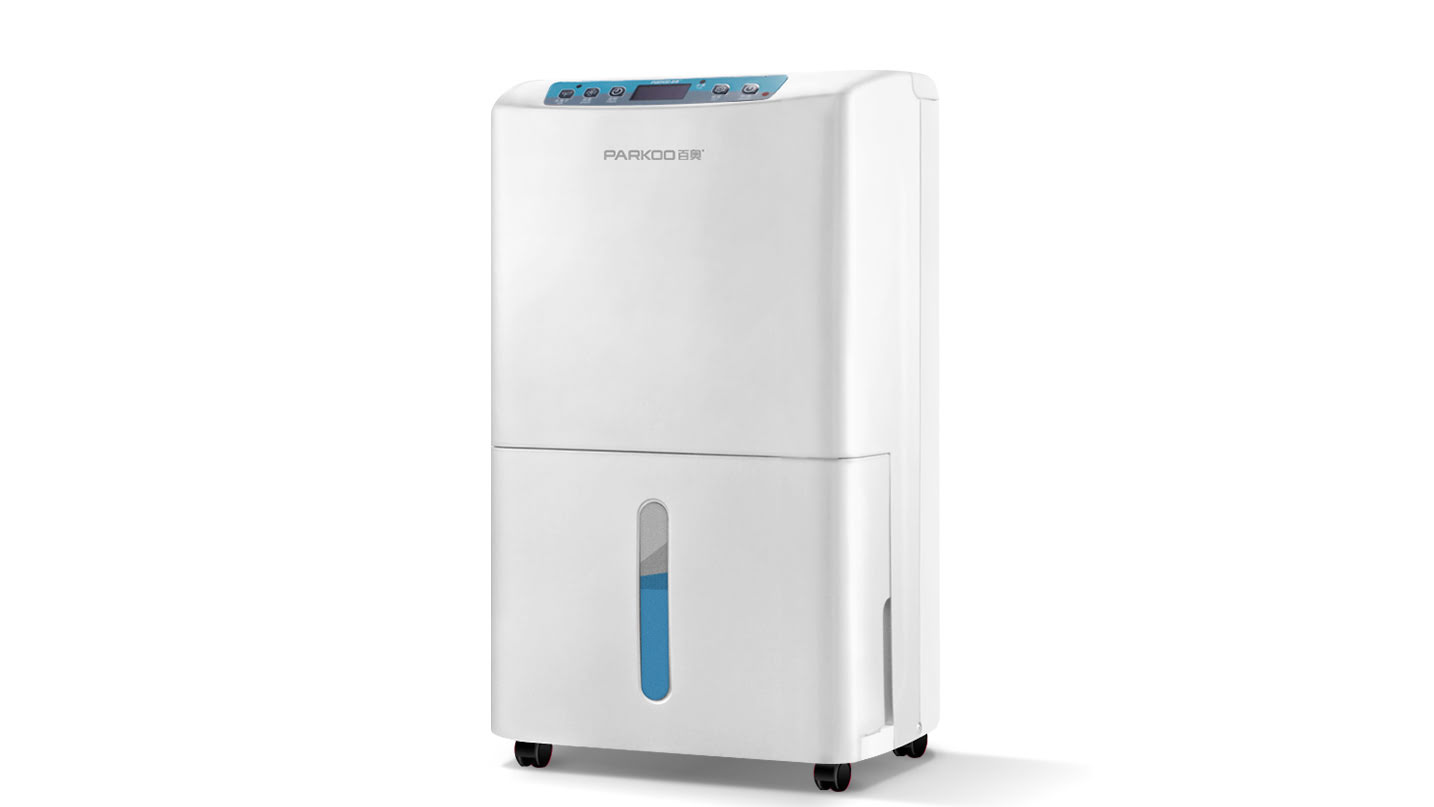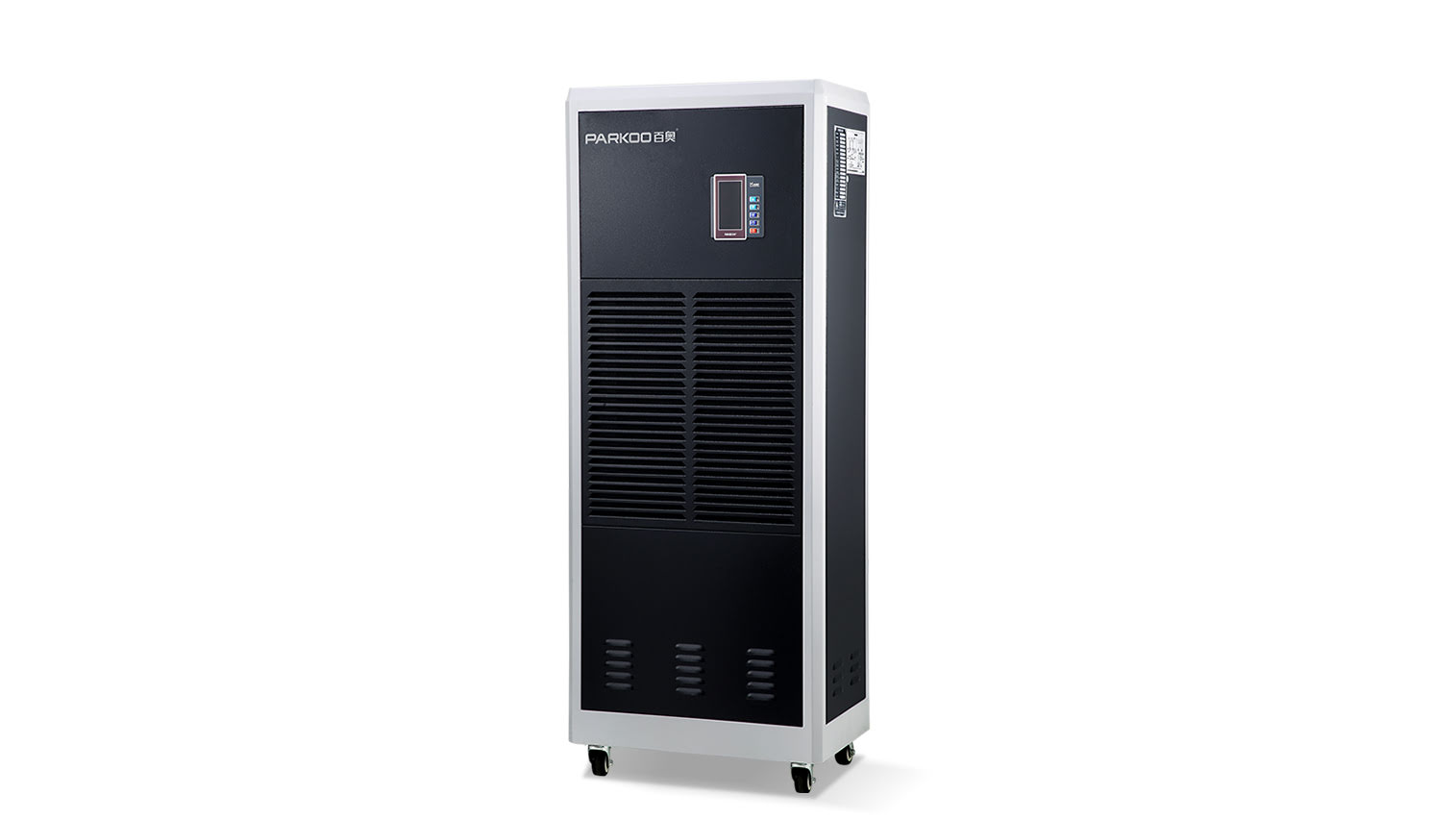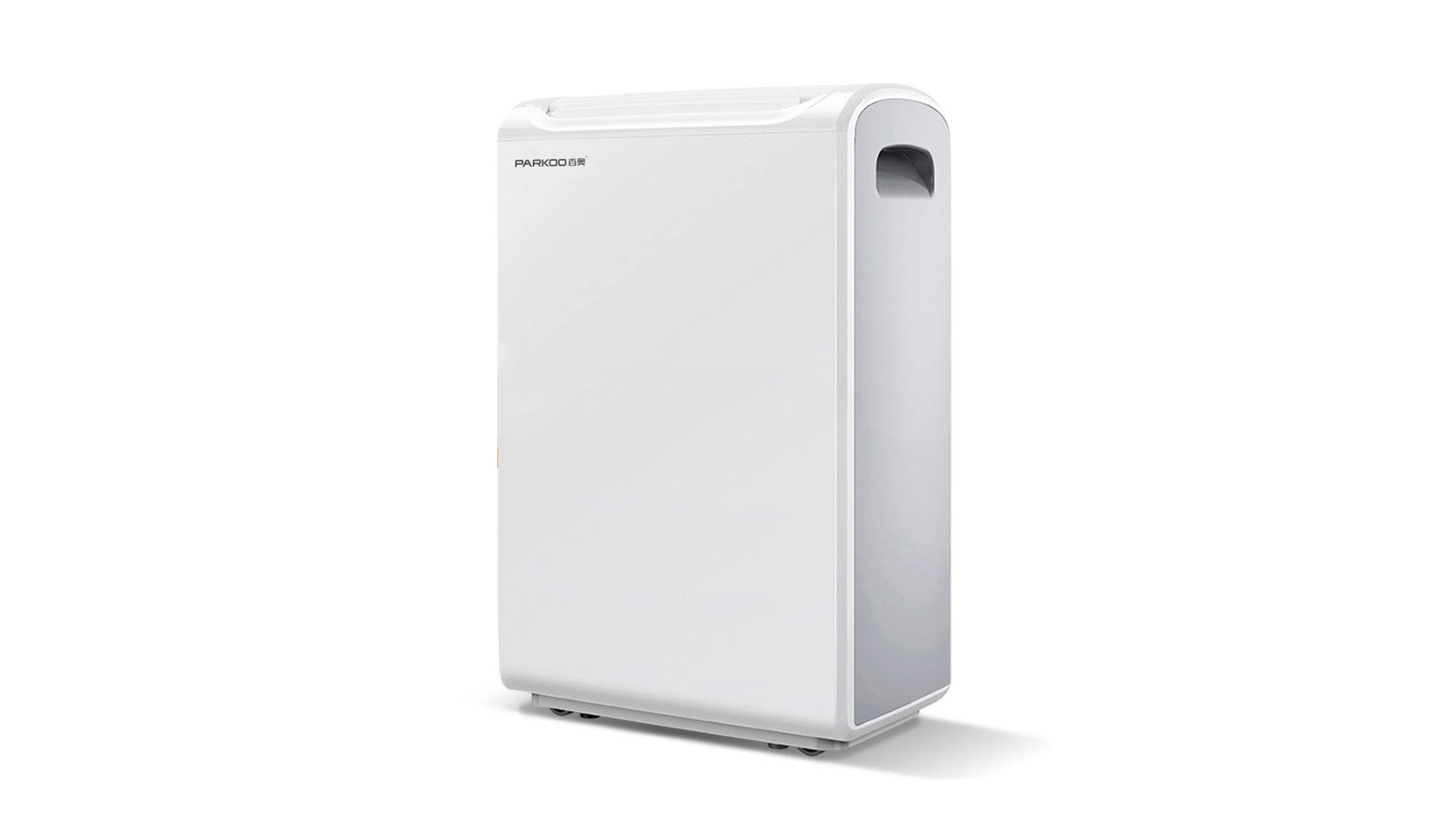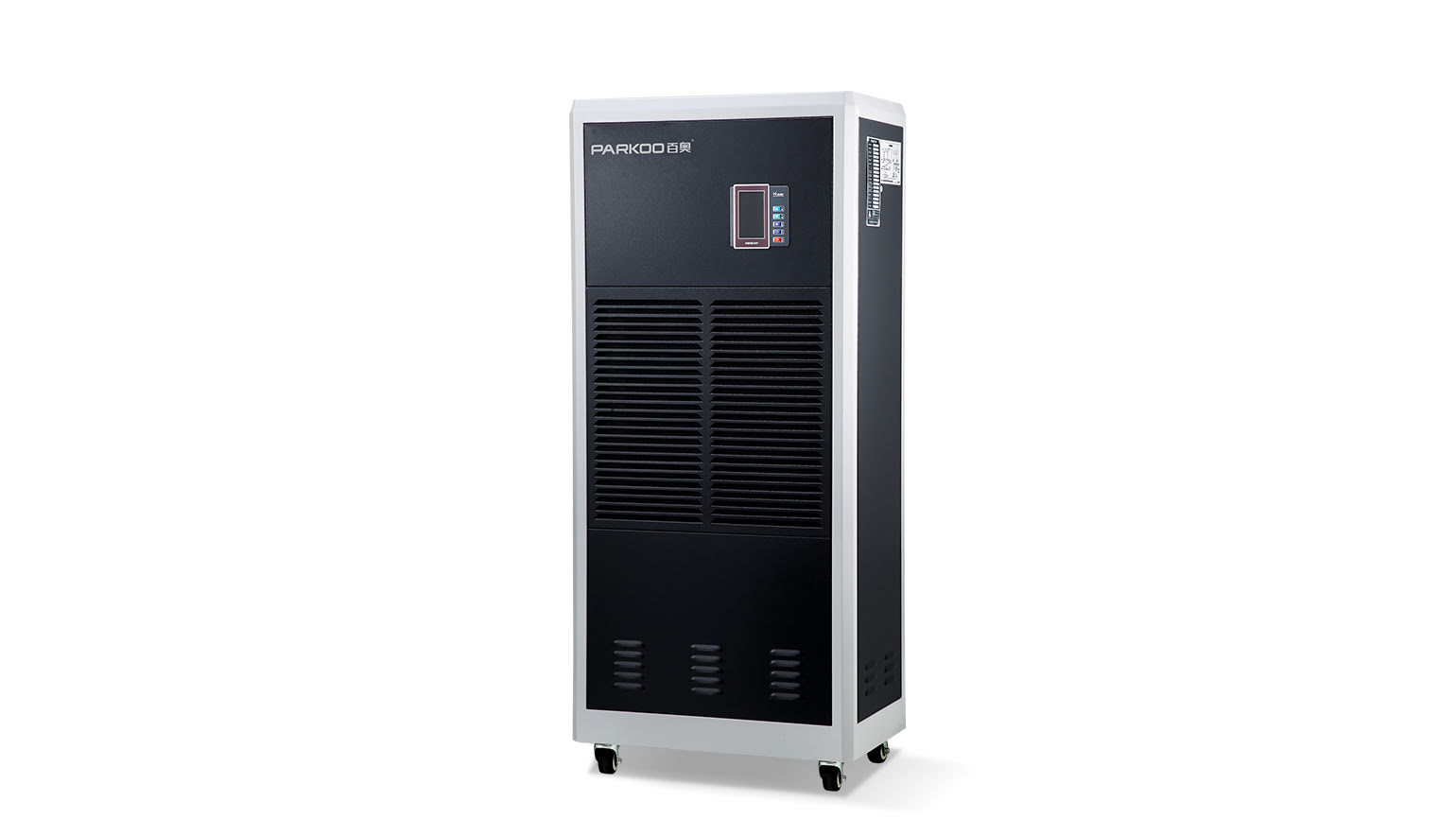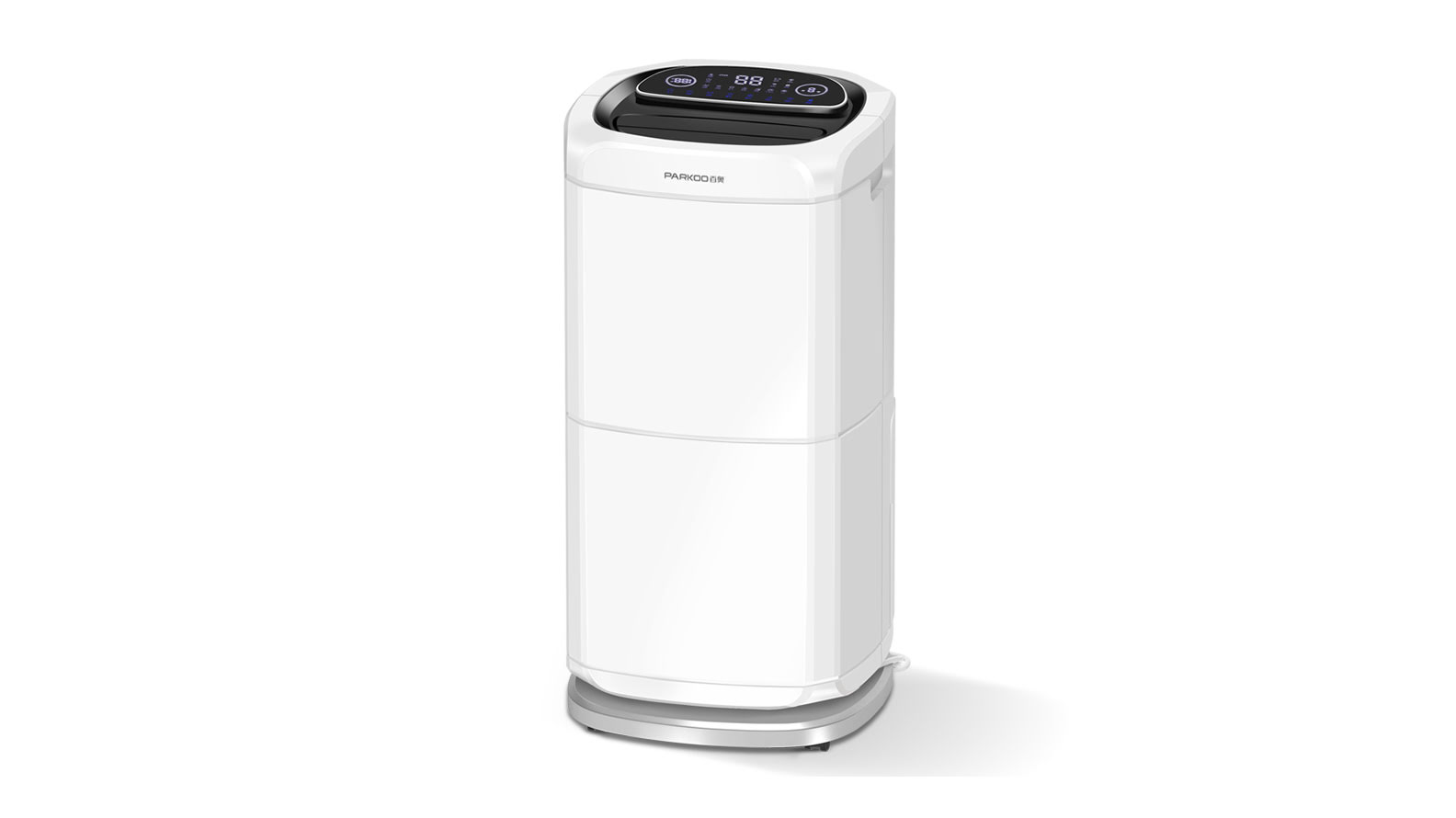just like the Weather, even after hatching, chickens can beCome interesting creatures. In order to thrive (and produce delicious eggs!), the temperature and humidity of the Environment must be Consistent and within an Appropriate range Many experts believe that 50% humidity is a magical number for humidity and comfort within the cooperative. if the humidity is too low, it may Cause a dry environment. this can generate dust, which may become a major Health issue. On the other Hand, if kept too wet, the chicken coop can become a breeding ground for mold and bacteria when raising chickens, temperature must also be monitored and Maintained. Although maintaining composure during winter, storms and frost are crucial, summer and Hot weather can also cause countless problems. The optimal temperature is between 65 ° F and 75 ° F. Any temperature above 75 ° F can cause unHealthy stress on chickens and affect their organs. Due to the lack of sweat glands in chickens, heat is trapped under their feathers. Their only Cooling technique is to flap their wings and thighs, so helping them maintain the appropriate temperature is crucial
understanding how much ventilation is necessary for poultry producers in cold weather is crucial for their bottom line. Insufficient ventilation can lead to Poor air/waste Quality, leading to health and Growth issues for poultry. excessive ventilation can lead to ventilation, dusty conditions, and high Electricity costs. In order to best determine the minimum ventilation fan operating time, farm managers should ideally monitor the Three most important air quality variables: Carbon dioxide, ammonia, and relative humidity. Carbon dioxide is generated by the heating Systems of birds and Houses. High carbon dioxide cOncentration can lead to drowsy chicks and reduced weight gain, so it should be kept below 5000 ppm (Ideally below 3500 ppm). High ammonia concentration can lead to poor feed Conversion rate, reduced weight gain, and increased susceptibility to disease. In order to maximize the production performance and health level of poultry, the ammonia nitrogen concentration of the entire flock must be maintained below 30 ppm (ideally below 20 ppm). Last but not least, the relative humidity should be maintained between 50% and 70%. lower relative humidity will lead to dusty houses and higher heating costs, while higher relative humidity will lead to wet waste and higher ammonia concentrations. By measuring instruments for carbon dioxide, ammonia, and relative humidity, farm managers can set up the minimum number of ventilation fans to maintain appropriate air quality without generating excessive ventilation and increasing heating costs. Lower relative humidity will lead to dusty houses and higher heating costs, while higher relative humidity will lead to wet waste and higher ammonia concentrations. By measuring instruments for carbon dioxide, ammonia, and relative humidity, farm managers can set up the minimum number of ventilation fans to maintain appropriate air quality without generating excessive ventilation and increasing heating costs. Lower relative humidity will lead to dusty houses and higher heating costs, while higher relative humidity will lead to wet waste and higher ammonia concentrations. By measuring instruments for carbon dioxide, ammonia, and relative humidity, farm managers can set minimum ventilation fans to ensure good ventilation and maintain appropriate air quality without excessive ventilation and increasing heating costs You may suspect that the issue of measuring all three air quality variables is cost. A reasonably accurate and reliable carbon dioxide meter typically costs between $300 and $500. Most ammonia meters used in the poultry industry are priced between $500 and $1000. The problem is that their accuracy is questionable, requires frequent calibration, and sensors Need to be replaced every year, Usually not staying at home for long periods of time. more positively, monitoring relative humidity is a relatively simple and inexpensive suggestion Although being able to use all three types of electricity meters Would be helpful, the only Electricity meter farm manager actually needs to evaluate the overall air quality of the poultry house as a measure of relative humidity. This is because for most cold weather chicken flocks, the concentration of ammonia and carbon dioxide often strictly follows relative humidity. That is to say, if the relative humidity is high, the carbon dioxide and ammonia content will be high. If the relative humidity is low, the content of carbon dioxide and ammonia will also decrease. The close relationship between ammonia, carbon dioxide, and relative humidity is often strongest for older birds, and weakest in the first two weeks of a flock During the study period, when the relative humidity was 60% or lower, ammonia and carbon dioxide concentrations tended to be within an acceptable range. On the contrary, when the relative humidity is above 70%, the levels of ammonia and carbon dioxide tend to rise to levels that are generally considered potentially Harmful. Of course there are exceptions. For example, in Figure 3 on December 21st and 22nd, due to the fact of rain, the relative humidity is relatively high, but the levels of carbon dioxide and ammonia are relatively low. This is because the external temperature is quite warm, and some fans Operate to maintain appropriate indoor temperatures. However, it is worth noting that most studies on the Effects of ammonia, carbon dioxide, and relative humidity on poultry performance have been compLeted when exposed to high levels simultaneously, but not two or three types of poultry When ammonia is high, carbon dioxide and humidity are also high. The combination of high carbon dioxide, ammonia, and relative humidity is likely to have a higher impact on poultry performance than only one of the three. In addition, when the air exchange rate is too low (as shown by high relative humidity, carbon dioxide and ammonia levels), the level of pathogens in the house may also be higher than normal. The combination of low indoor air quality and higher than normal pathogen levels is likely to increase susceptibility to diseases. It raises a problem How many production problems can we avoid if we only use relative humidity as the basis for adjusting the minimum ventilation fan operating time Although There is no exact correlation between relative humidity, ammonia, and carbon dioxide, this relationship is consistent enough to indicate that air quality tends to be within an acceptable range when relative humidity is maintained at 60% or lower. On the contrary, a relative humidity of 70% or higher is often a Fairly accurate indicator of poor air quality. During the Incubation period, this relationship is not as strong, so producers need to be aware that even if the relative humidity is below 60%, ammonia or carbon dioxide levels may still be at harmful levels
